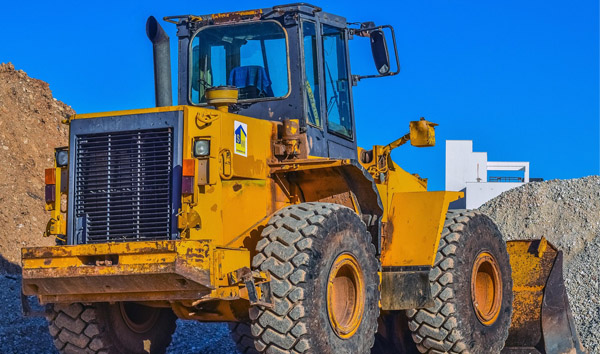Revolutionizing Debris Management: The Power of Rough Terrain Forklifts
2025-07-24 05:55:28
The rugged design of Rough Terrain Forklifts makes them ideal for debris clearance in unstable environments. Equipped with heavy-duty tires, reinforced chassis, and high-torque engines, these machines navigate mud, rubble, and uneven surfaces with ease. Unlike standard forklifts, they feature enhanced stability control systems to prevent tipping on slopes. According to industry data, demand for rough terrain forklifts has surged by 18% in disaster recovery sectors, driven by their ability to handle bulky debris like concrete slabs and twisted metal.
One of the key advantages of rough terrain forklifts is their versatility in debris clearance operations. These machines can be fitted with specialized attachments, such as grapples, buckets, or forks, to handle different types of waste. A 2023 study by the Construction Equipment Association found that contractors using rough terrain forklifts reduced debris removal time by 35% compared to traditional methods. Their ability to lift and transport heavy loads over rough ground minimizes the need for additional equipment, streamlining operations in post-disaster scenarios.
Safety remains a top priority when deploying rough terrain forklifts for debris clearance. Advanced features like load-sensing hydraulics and anti-roll technology ensure operator protection in hazardous conditions. OSHA reports indicate that sites using these machines have seen a 22% reduction in workplace injuries related to debris handling. Additionally, modern models incorporate telematics for real-time monitoring, allowing supervisors to track load capacities and terrain conditions remotely.
The environmental impact of rough terrain forklifts is another critical consideration. Manufacturers are increasingly adopting hybrid and electric models to reduce emissions during debris clearance. A recent industry analysis revealed that electric rough terrain forklifts can lower carbon footprints by up to 40% in urban recovery projects. Noise reduction technology also makes them suitable for residential areas, where loud machinery can disrupt communities. These innovations align with global sustainability goals while maintaining high performance.
Looking ahead, the future of rough terrain forklifts in debris clearance is poised for further innovation. Autonomous models equipped with AI-driven navigation are being tested in controlled environments, promising even greater efficiency. Industry forecasts predict a 25% growth in adoption by 2026, particularly in regions prone to natural disasters. As technology evolves, rough terrain forklifts will continue to redefine debris management, offering faster, safer, and more sustainable solutions for challenging terrains.














